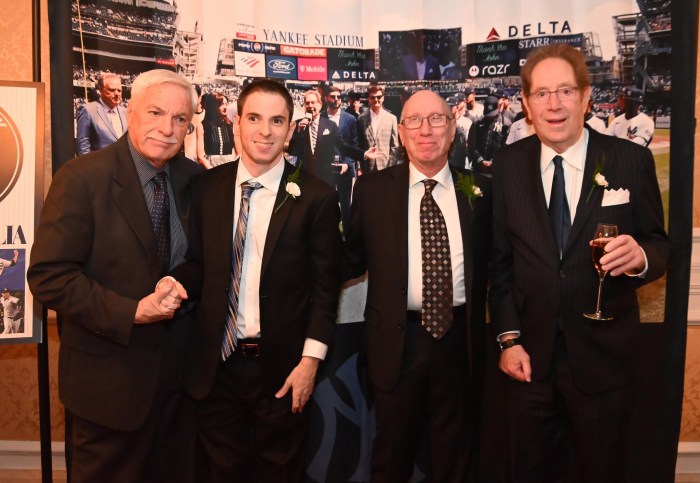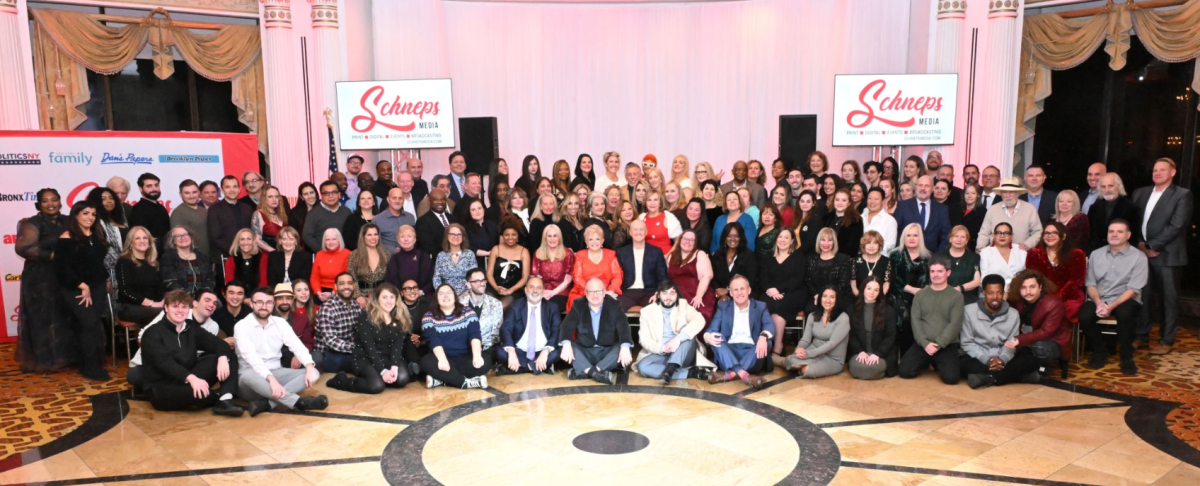It’s no secret that the coronavirus pandemic has hurt lots of businesses, and the Village of Garden City is no different. For the past four months on Seventh Street, which is home to many different eateries, restaurants have been utilizing the most of their outdoor dining space to the best of their abilities. With help from the village’s board of trustees and the Garden City Chamber of Commerce, Seventh Street has been closed to vehicular traffic on Thursdays, Fridays, Saturdays and Sundays from 5 to 10 p.m. throughout the summer, but now it seems restaurants can continue their outdoor dining plans throughout the rest of the year.
The trustees recently extended the Outdoor Dining Program on Seventh Street through Dec. 31 with a slight change. As of last week, at the request of the chamber of commerce, Seventh Street will only be closed Thursdays, Fridays and Saturdays. The street will no longer be closed on Sundays.
Seventh Street will still continue to be closed for pedestrians only for outdoor dining between 5 and 10 p.m.
With the colder weather moving in and with outdoor dining remaining, what is being done to keep diners warm? Heating lamps, which some restaurants have already been seen using, is one option. The heating lamps when it comes to storing the propane tanks must follow all county regulations. Restaurant owners, who are solely responsible for setting the heating lamps up, need to store them outdoors and have them locked. If owners fail to do so, they won’t be able to have them.
“The Garden City restaurant community has been struggling like all restaurants in New York state,” Executive Director of the Garden City Chamber of Commerce Dennis Donnelly said. “The trustees of the village have enacted policies to help this challenge segment of commerce during the coming months by extending outdoor dining till the end of the year. Each restaurant will develop a plan to serve customers outdoors. Heaters, igloos, tents, bubbles and more will be utilized to try to make customers comfortable during the next few months. The real key to survival is increasing indoor seating capacity to 75 percent. The current 50 percent capacity limit is not profitable in any way.”































